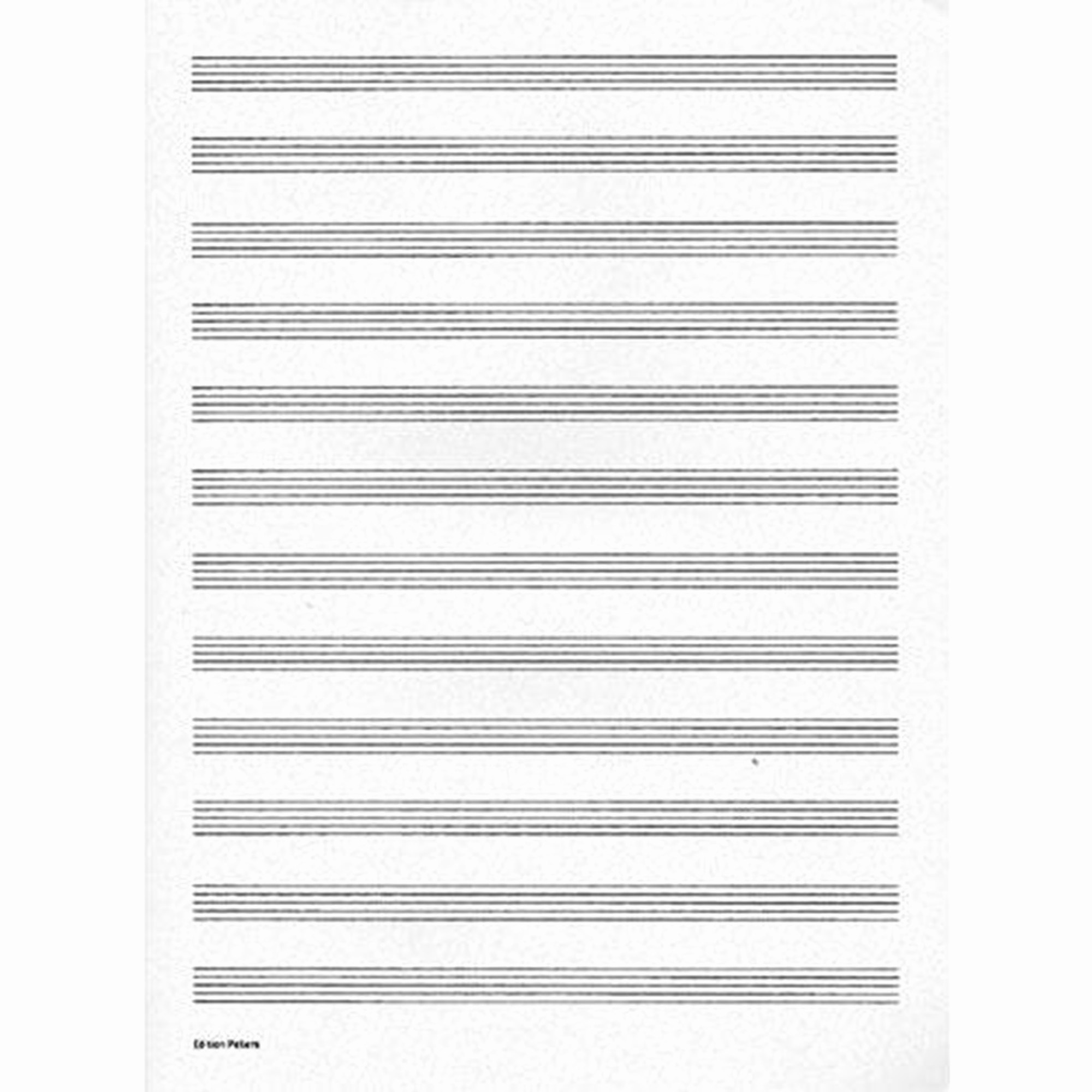

Lummis’s conviction that these cultures were disappearing was largely based on the fact that people in the Southwest who had taught him songs “a decade earlier couldn’t remember them.” Lummis felt that by recording these songs he was preserving “the earliest American Classics” which were on a par with their ancient counterparts from Greece and Rome. But it took almost twenty years to publish just fourteen of the songs.

Lummis provided updates and reports of the project’s progress in the Southwest Society meeting minutes, promising that a songbook was forthcoming.
Music manuscript paper california series#
(Most of the transcriptions are in the Spanish Song Series in the Lummis Manuscript Collection.) Over the next few years, he transcribed and harmonized several hundred of the songs. One invoice for Farwell’s first month of work in July–August of 1905 indicated he was paid $50 for his transcriptions.

The AIA provided financial assistance that enabled Farwell to come to California during several summers to work with Lummis. But Lummis wanted someone who would devote himself full-time to transcription and, to his good fortune, he met Arthur Farwell, a noted composer and publisher of music, at a lecture he gave in January 1904. Needing someone to transcribe the songs into musical notations, Lummis engaged the services of Albert Stanley, a professor of music from the University of Michigan. Lummis purchased an Edison recorder, horn, and cylinders for $44.25 from H. In early 1904, the newly founded Southwest Society undertook its earliest project to record Californio folksongs. He followed this with a more extended description of the songs in his 1893 book, Land of Poco Tiempo. His first published article about New Mexican folksongs appeared in Cosmopolitan magazine in 1890. He started to collect the lyrics of folksongs in his diaries and notebooks. He developed a greater understanding and interest in the Spanish folksongs later, as he recuperated from a stroke in the late 1880s, while living in New Mexico. Lummis’s first introduction to the Southwestern folksongs dated to his tramp across America in 1884. If not recorded now, he urged, the songs would be “as dead and gone as the rest.” The challenge was “to catch our archaeology alive.” Lummis argued that it wouldn’t be long before such artifacts were considered genuine archaeology. In a 1905 article titled “Catching Archaeology Alive,” Lummis sought to persuade the AIA that his “large scale folk-songs of the Southwest project” was archaeology. Key to the project of preservation was to save, by recording, the traditional music of Southwestern Indian and Hispanic cultures. In 1907, he realized his ultimate goal of turning the organization into the Southwest Museum. In 1903, he established the Southwest Society, the western branch of the Archaeological Institute of America (AIA). Unlike many of his contemporaries, however, Lummis lamented these developments and worked to preserve at least some records of Indian and Hispanic cultures. Like a number of Americans at the turn of the twentieth century, Lummis was convinced that Native Americans’ lifeways were on the road to extinction, and that Hispanic cultures in particular were doomed by modernity. Charles Lummis, founder of Los Angeles's Southwest Museum, dedicated much of his life to preserving cultures that he felt were vanishing.


 0 kommentar(er)
0 kommentar(er)
